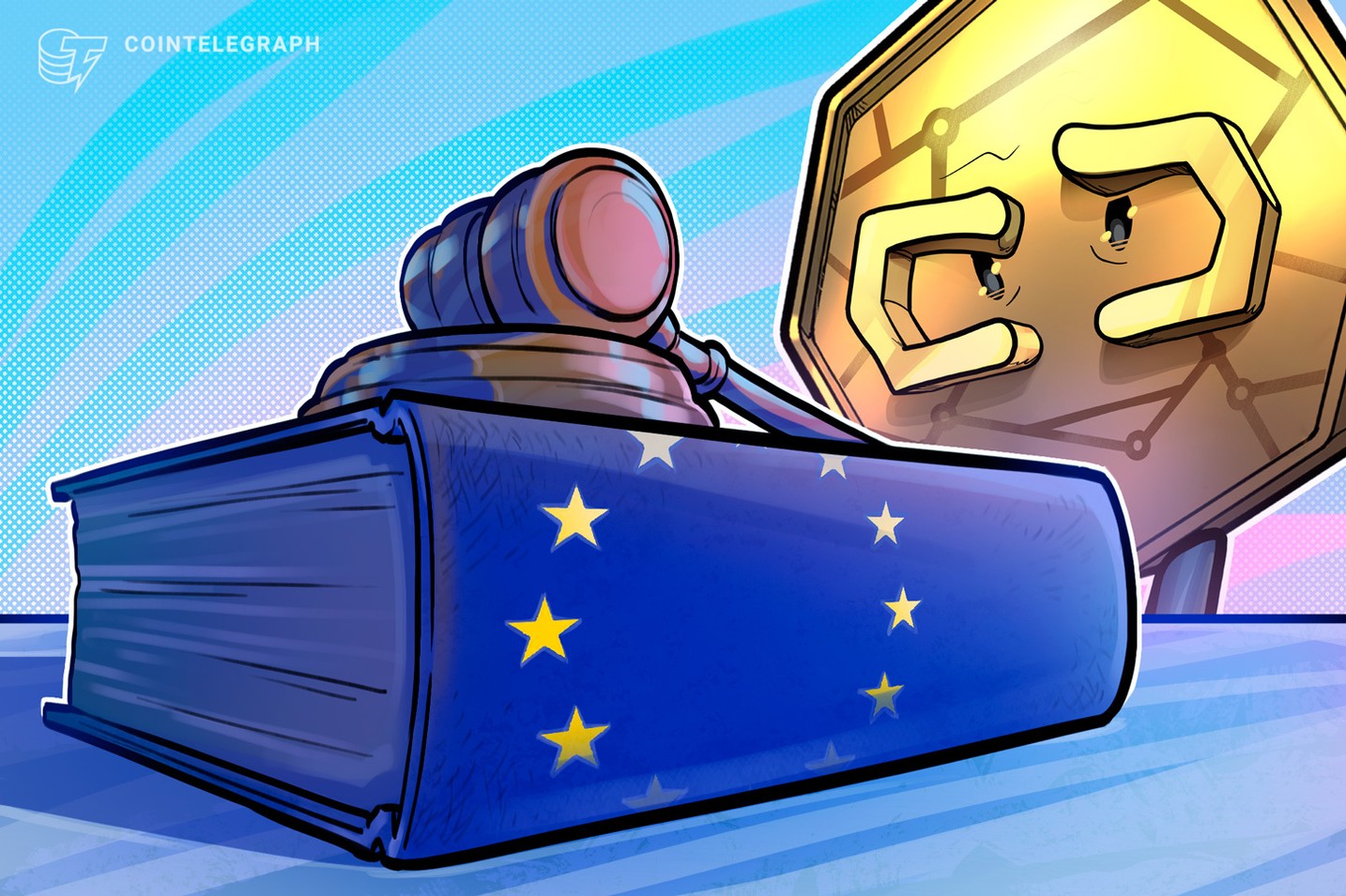
Europe's Regulations on Digital Assets Reveal a Key Oversight
EU laws assume all tokens are transferable, resulting in non-transferable assets being overlooked. The Blockchain Sandbox offers solutions.
The EU regulations currently rest on the assumption that all tokens are transferable; however, this leaves a non-transferable category of assets in uncertainty. The Blockchain Sandbox emerges as a potential solution to this gap.
Key Points Highlighted
The existing European legal framework is primarily designed for assets that can move easily. This does not account for various assets, like non-listed company quotas or customized revenue-sharing contracts, which are intentionally non-transferable. The definitions laid out in MiCA (Markets in Crypto-Assets) inherently presume assets are transferable and do not recognize non-transferable digital representations, placing them in a regulatory void.
The EU Blockchain Sandbox suggests that instead of redesigning the essence of non-transferable assets into transferable tokens, a digital twin can be made—a faithful digital counterpart that retains the original’s legal status without being redesigned as a new, transferable security token.
Legal Classifications and Challenges
There are arguments suggesting that creating exclusions for non-freely transferable tokens could generate regulatory gaps. Conversely, asserting that any token on a public blockchain is inherently tradable is also a misconception. Both viewpoints carry validity, but they are far from comprehensive. The report emphasizes that with appropriate legal, technical, and contractual frameworks in place, the legal status of a digital representation should remain unchanged.
As tokenization starts to accelerate beyond existing regulations, it is important to remember that the essence of a security remains constant, regardless of whether it exists in traditional or tokenized forms. However, creating digital twins for non-transferable assets necessitates staying compliant with regulations, which requires intricate legal insights.
Conclusion
The experience from the EU Blockchain Sandbox illustrates an urgent need for succinct regulatory guidance that ensures clarity in the interaction between existing regulations like MiFID II and MiCA. This guidance will empower market participants to navigate the complexities of asset digitization without falling into unforeseen legal challenges, thereby reinforcing certainty and confidence in Europe’s financial markets.
